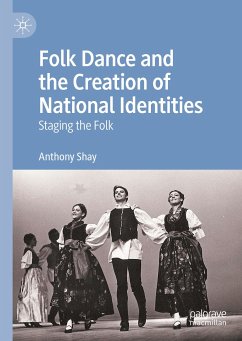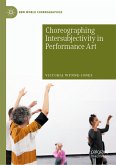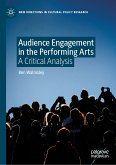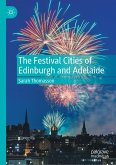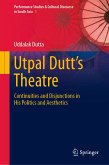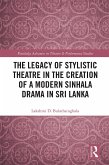This book is about the folk: the folk in folk dance, the folk in folklore, the folk in folk wisdom. When we see folk dance on the stage or in a tourist setting, which is the way in which many of us experience folk dance, the question arises are these the "real folk" performing their authentic dances? Or are they urban, well trained, carefully-rehearsed professional dancers who make their livelihood as representatives of a specific nation-state acting as the folk? Or something in between? This study delves more deeply into the folk, their origins, their identities in order to know the source of inspiration for ethno identity dances - dances prepared for the stage and the ballroom and for public performances from ballet, state folk dance ensembles and their amateur emulators, immigrant folk dance group performances, and tourist presentations. These dances, unlike modern dance, ballet, or most vernacular dances, always have strong ethnic references. It will also look at a gallery of choreographers and artistic directors across a wide spectrum of dance genres.
Anthony Shay is Professor of Dance and Cultural Studies in the Dance Department of Pomona College, Claremont, USA. Anthony is the author of eight monographs, and author or co-author of four volumes. He authored two recent monographs, The Dangerous Lives of Public Entertainers: Dance, Sex, and Entertainment in the Middle East (2014) and Ethno Identity Dances for Sex, Fun, and Profit: Staging Popular Dances Around the World (2016). His latest books are The Moiseyev Dance Company: Dancing Diplomats (2019) and Dance and Authoritarianism (2021). Anthony recently lectured on "What is Popular Music? What is Persian Popular Music?" at Yale University, First Symposium on Persian Popular Music, January 27, 2018, and "The History of Staged Folk Dance" at Siamsa Tire, the Irish National Folk Theatre, Tralee, Ireland, May 11, 2018. He was founder, artistic director and choreographer of the Aman Folk Ensemble and the Avaz International Dance Theatre during which time he choreographed over 200 choreographies. Anthony has received several NEA choreographic fellowships, a California Arts Council Lifetime Achievement Award, and a James Irvine Choreography Fellow.
Dieser Download kann aus rechtlichen Gründen nur mit Rechnungsadresse in A, B, BG, CY, CZ, D, DK, EW, E, FIN, F, GR, HR, H, IRL, I, LT, L, LR, M, NL, PL, P, R, S, SLO, SK ausgeliefert werden.

